By Ed Day, photos by Mark Wojahn
Pulse of the Twin Cities - Cover Story Vol. 5, Issue 15
http://www.pulsetc.com/V5I15/coverstory.html
July 11, 2001
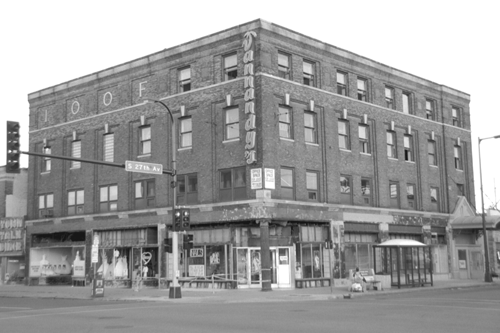
When the Minnesota Legislature passed what some call historic tax reform it may
have dealt Minneapolis’ Neighborhood Revitalization Program a serious blow.
The NRP’s annual revenue comes from the Minneapolis Community Development Agency’s Common Project, which the City Council established in 1989 so that revenue generated from certain tax increment districts would go toward redeveloping Minneapolis neighborhoods. Because of property tax decreases and changes in the law that determine how revenues are used, funding for NRP will drop by about one-third.
The news upset some neighborhood activists.
"Why are you cutting a program that is known to work?" asked David Rubedor, director of the Powderhorn Park Neighborhood Association.
To address the impending shortfall, activists have quickly formed the Minneapolis United Neighborhoods Council to get a charter amendment referendum initiative on the ballot this fall. The special property tax levy would preserve NRP projects by generating $20 million each year from 2002 to 2009. The levy would result in an annual property tax increase of about $100 for homes valued at $130,000.
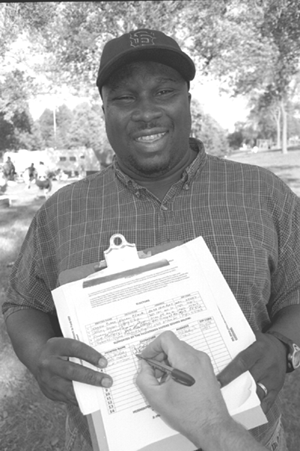
The mayor and City Council first conceived of NRP in 1987 to address the decline in Minneapolis neighborhoods. In 1990, the Legislature and city council established the NRP and dedicated $20 million a year for 20 years to fund it.
"This is right smack dab in the middle of the program," said PPNA chair Jeff Hayden, who is also chairing the MUNC petition effort so NRP can continue.
NRP has had a profound impact on the Powderhorn neighborhood. The influx of funds allowed the park building to be remodeled and helped start additional youth programs, which has increased the number of people using the park, Rubedor said. "[Powderhorn Park] used to be unsafe in the early 1990s," he said.
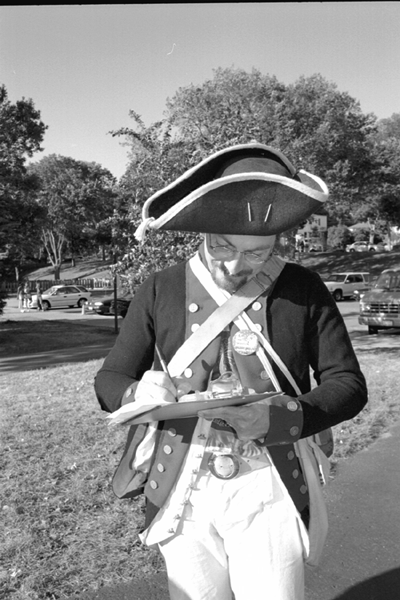
PPNA is one of 66 neighborhood organizations in Minneapolis that receive NRP funds. While most existed prior to NRP, NRP jump-started many initiatives because residents realized the capital would allow them to act on their concerns.
The centerpiece of NRP is its housing programs. By mandate, half of NRP funds must go toward housing. Providing remodeling loans and eliminating blight has caused property values to go up and the crime rate to go down, Rubedor said.Elena Gaarder, community organizer for PPNA, cites a single mom who bought her house prior to the truth in housing laws as an example of NRP’s impact. The woman's house was subsequently condemned. If not for NRP funds used to bring it back up to code, she would have had to move, rather than stay as a homeowner in the area.
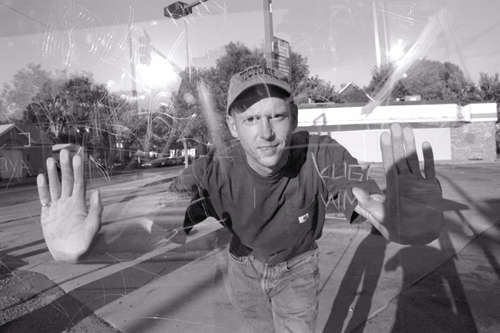
"It's stabilization, not gentrification," said Barb Lickness, a neighborhood specialist for NRP and an unendorsed DFL candidate for the sixth ward city council seat. Lickness said of the 15,000 housing units produced, 4,000 are affordable. "We've learned how to do this without displacing poor people," she said.
Keeping people in the area is of equal importance. Longfellow Community Council Executive Director Sheila Delaney said remodeling initiatives have allowed growing families to stay. Because many of the homes in the four neighborhoods (Longfellow, Cooper, Howe, Hiawatha) served by the council are one- to two-bedroom bungalows, larger families had no choice but to leave. By providing seminars and instruction booklets showing how to create extra rooms, families have been able to stay.
The remodeling loans and grants reach a wide spectrum of people. There are about 20,000 homes in the LCC area; more than 1,000 have taken advantage of a home improvement or mortgage grant. Giving people a vested interest in the community has the indirect benefit of forging or creating safer, more livable neighborhoods. An incentive for community stability is forgiving loans for recipients who stay five years or more.
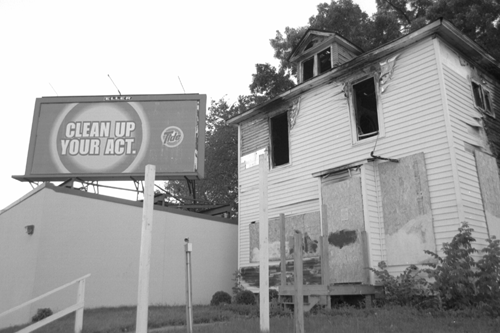
"The quality of life is a lot different when you don't have a drug dealer living next door," said Lickness, who said she counted 29 drug dealers on her block in Whittier prior to the community involvement NRP facilitated.
As a focal point of activity, NRP funding of neighborhood organizations has spurred on projects that reach beyond neighborhood borders. The Longfellow Street Fest, initially a celebration of ending local storefront prostitution, has become an event that attracts people from all over, said Rachel Shield, Longfellow Community Council community organizer.
The river gorge in Longfellow, which includes ecological preservation and trail enhancements is another example of low funding, but lots of resident involvement, Shield said. Neighbors become the eyes and ears of the gorge—much like the adopt-a-highwayprogram—to keep it clean, safe and free of invasive species, such as buckthorn.
For broader projects such as The Jungle Theater and Nicollet Avenue Streetscape, NRP has been a catalyst to leverage matching funds. NRP funds for local projects, such as the Brackett Park Recreation Center and Park Renovation, show the neighborhood's
commitment to a project. Longfellow residents used $677,000 in NRP funds to attract the additional funds for the $1.2 million recreation center, which replaced the existing 70-year-old structure.
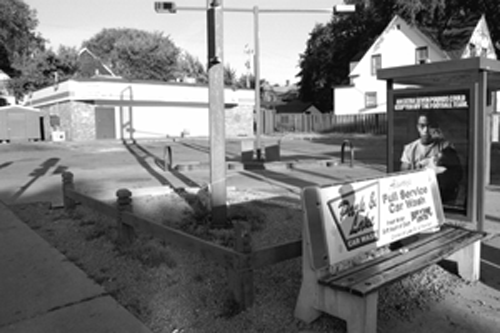
NRP also helps communities in unexpected ways. When Healthy Seniors, a Medicare pilot program, was not renewed, LCC used $90,000 to maintain services for the next two years. Meantime, organizers are helping fund-raise for the program’s future solvency, Shield said. Projects already begun from NRP Phase I (the first 10 years) appear safe now, but the tax base to fully fund the next 10 years is uncertain. Council candidate Lickness said other funds, such as federal block grants and MCDA funds could be swapped to preserve NRP's momentum. So, what elevates the importance of MUNC's petition and referendum proposal Lickness said, is that “this group is saying voters have the right to choose to use their tax money in their neighborhood.
http://www.pulsetc.com
© Copyright 2001 Pulse Twin Cities. All rights reserved.
Return to In the News Index






